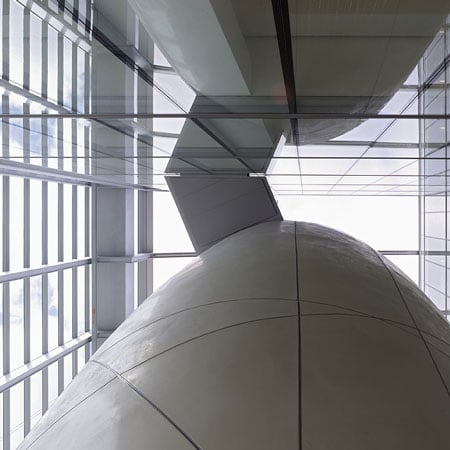
Darwin Centre by CF Møller
Danish architects CF Møller have completed the second phase of the Darwin Centre, an extension to the Natural History Museum in London.
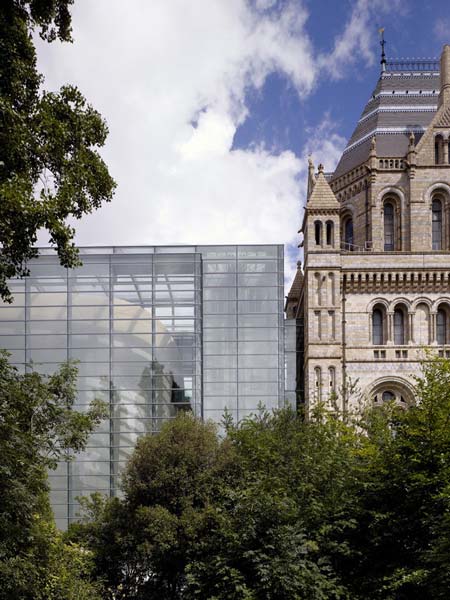
The centrepiece of the extension, which opens on 15 September, is an eight-storey concrete cocoon contained within a glass atrium.
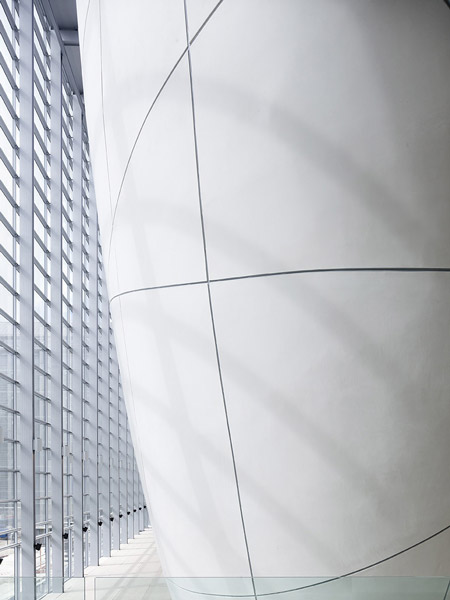
The centre contains storage areas for the museum's vast collections as well as new public galleries.
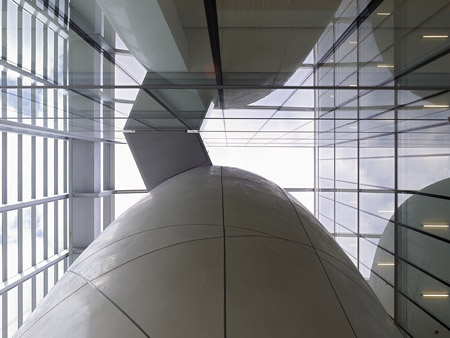
All images are copyright Natural History Museum.
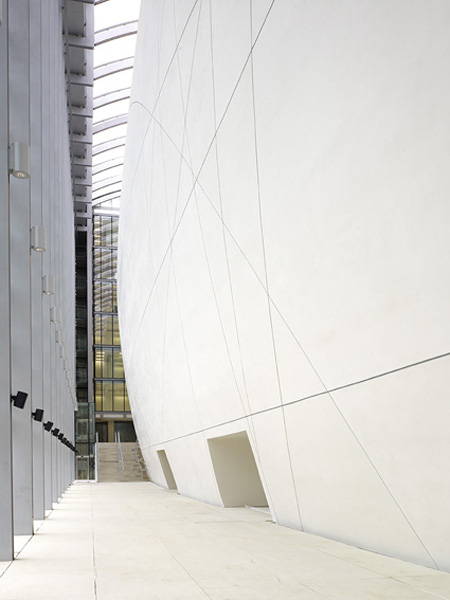
Update 09/09/09: CF Møller have sent us some new images of the Darwin Centre.
Here's some text from the Natural History Museum:
--
£78M NEW DARWIN CENTRE BY CF MOLLER ARCHITECTS OPENS AT THE NATURAL HISTORY MUSEUM, LONDON
The Natural History Museum is both one of the UK’s top five visitor attractions, and a world-leading science research centre. The architecture of both phases of the Darwin Centre are designed to reflect this dual role, and, through innovative and ambitious design, reveal to the public for the first time the incredible range and diversity of the Museum’s collections and the cutting-edge scientific research they support.
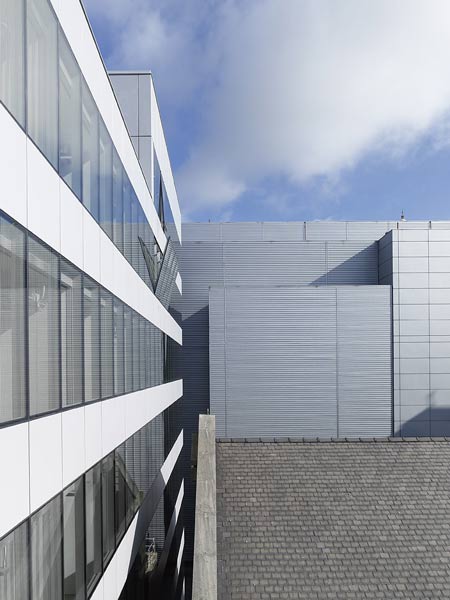
Neil Greenwood, the Natural History Museum’s Programme Director for the Darwin Centre, explains, ‘Many people love the Natural History Museum for its iconic Victorian Waterhouse building. However, through the Darwin Centre, we wanted to challenge this traditional perception and highlight the work of our scientists and the importance of our collections. The Darwin Centre is set to be a truly inspirational addition to the Natural History Museum when it opens to the public on 15 September 2009.’
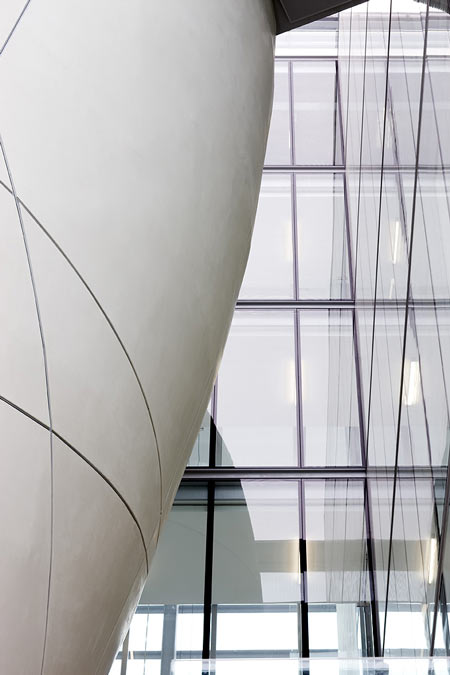
The second phase of the Darwin Centre, designed by C F Møller Architects, completes the western site of the Natural History Museum, uniting Alfred Waterhouse’s terracotta construction from 1881, with the first phase of the Darwin Centre which opened in 2002.
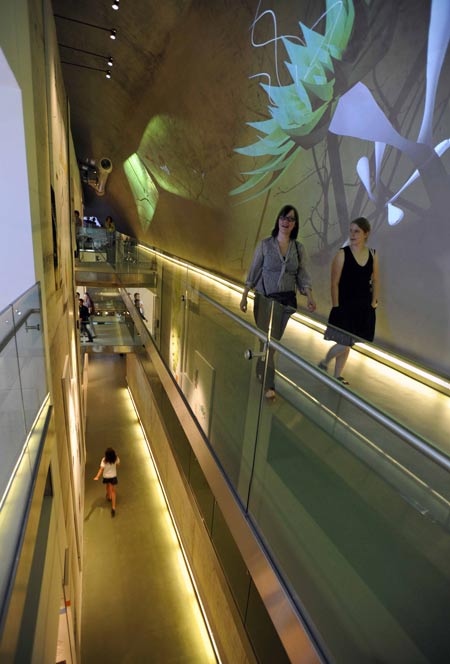
Like the rest of the Natural History Museum, the new completed Darwin Centre plays three important roles: safeguarding the millions of specimens in the Museum’s collections, providing research facilities for our scientists, and inspirational public spaces for visitors. It is these three uses that are central to the design of both phases of the Darwin Centre.
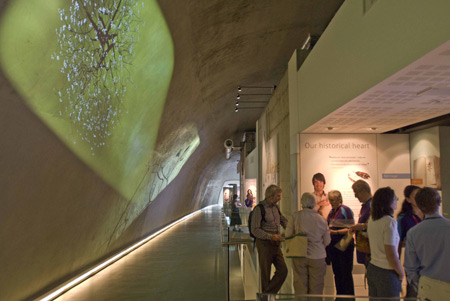
Darwin Centre: Second Phase
Designed by C F Møller Architects, the second phase of the Darwin Centre takes the form of a huge eight-storey concrete cocoon, surrounded by a glass atrium. This centrepiece resembles a large silk cocoon, and forms the inner protective element of the Darwin Centre’s second phase. The scale of the Cocoon is such that it cannot be seen in its entirety from any one position, emphasizing its massive scale. The shape and size give the visitor a tangible understanding of the volume of the collections contained within.
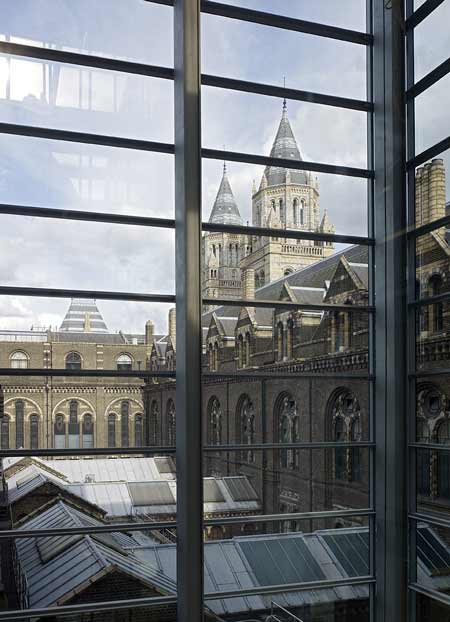
The collections areas within the Cocoon are world class, the regulation of temperature and humidity, as well as the separation of work and storage areas reduce the risk of pest infestations ensuring that the collections will be protected and preserved for many years to come.
Public access to the scientific core of the second phase of the Darwin Centre takes the form of a visitor route up and through the cocoon, overlooking the science and collection areas. This provides a complimentary activity to the Darwin Centre’s other function of protection, preservation and research. The visitor can experience the Darwin Centre as a compelling and interactive learning space, observing the scientific and research activities without interrupting scientific work in progress.
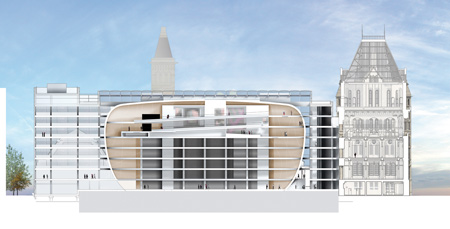
Anna Maria Indrio, partner at CF.Møller, comments "C. F. Møller Architects is very proud and honoured to have been given the task of designing a framework for the Natural History Museum's unique collection of plants and insects. The large silk cocoon protected by a glass atrium encloses a fantastic treasure, reflecting evolution itself. The macroscale of the space and the size of the cocoon expresses the enormous importance of the collections. Iconic forms should only be used if the relationship between the building and its interpretation is entirely self-evident, as it is in this case.
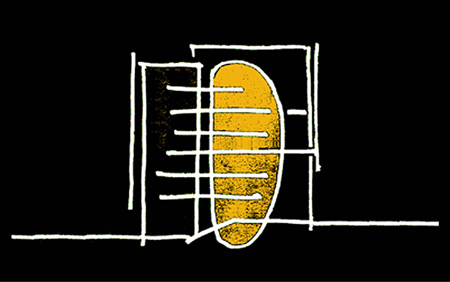
The new building has completely changed the Natural History Museum’s relationship with the site from being an introvert to an extrovert building. It was incredibly demanding to solve the task of the second phase of the Darwin Centre in this way, but the cocoon will become a major attraction and a trademark of the Darwin Centre in the future."
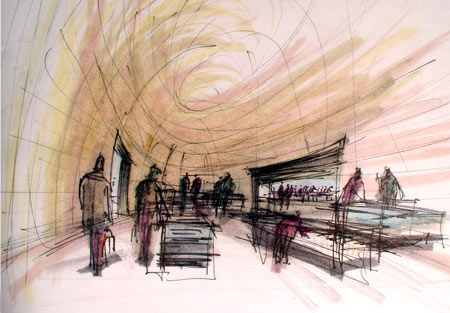
Darwin Centre: First Phase
Designed by HOK International, the first phase of the Darwin Centre houses 22 million zoology specimens preserved in jars of alcohol and provides state of the art laboratories for 100 scientists.
The public areas of the first phase of the Darwin Centre, showcase the scale and diversity of this collection. Looking through a glass screen into the storerooms and up through the six-storey atrium visitors can appreciate the sheer volume of material kept there with illuminated floor-to-ceiling cases allowing a close-up view of specimens.
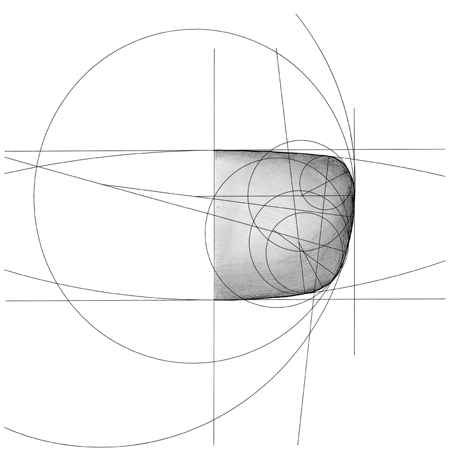
The collections themselves are kept in optimum storage conditions. Regulating the temperature of the storage rooms to a constant 13°C significantly reduces fire risks, and the separation of collections spaces from the work areas, and the placing of service systems outside of the building ensures that unnecessary access to the collections is minimised.
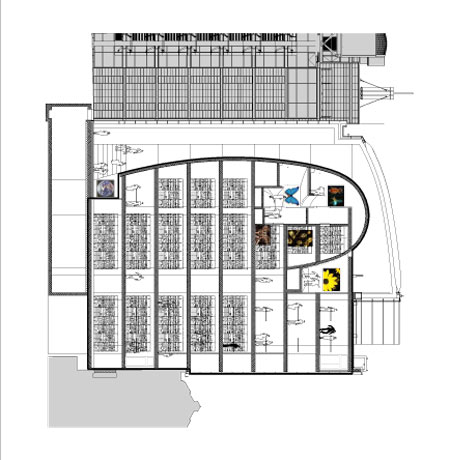
The second phase of the Darwin Centre in numbers
- the second phase of the Darwin Centre has cost £78 million
- the base construction took around 25 months and 280 people to build
- at 60 metres long, 12 metres wide, 300 millimetres thick and 3,500 square metres, the eight-storey-high cocoon is the largest sprayed concrete, curved structure in Europe
- the cocoon will hold 17 million entomology specimens and three million botany specimens in 3.3 kilometres of cabinets
- these cabinets would stretch from the Natural History Museum in South Kensington to Westminster Cathedral if put end to end
- the cocoon is approximately 30 centimetres thick and will be kept at a steady 17°C and 45 per cent relative humidity, the optimum conditions to store collections
- the second phase of the Darwin Centre has 16,000 square metres of floor space
- the building will accommodate up to 220 staff and science visitors
- there will be 1,040 square metres of laboratory space, doubling the size of the Natural History Museum’s current laboratory areas
- 2,500 people per day will be able to take a self-guided journey through the collections and research areas
The second phase of the Darwin Centre is designed by Scandinavian architects CF Møller, who won an international architectural competition in 2001. It was built by BAM Construction Ltd.